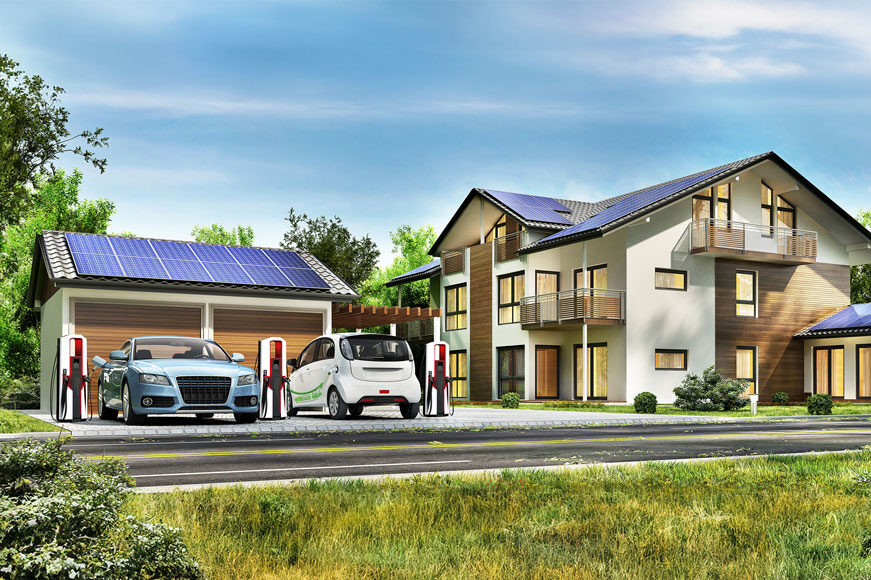The growth rate of electric cars in Poland is increasing year on year. Currently, there are already more than 70,000 such vehicles on Polish roads. An obstacle to faster development of electromobility is the underdeveloped charging infrastructure in Poland, both in public space and at the place of residence. How to change this in multi-family housing?
Nowadays, developers are already taking into account the needs of EV owners when building new housing developments. When designing a new residential building, they have to include the energy infrastructure for EVs in the project as well. As EU and Polish legislation imposes obligations to create infrastructure for EV charging stations at housing estates, we can expect to see more places with chargers installed in the coming years.
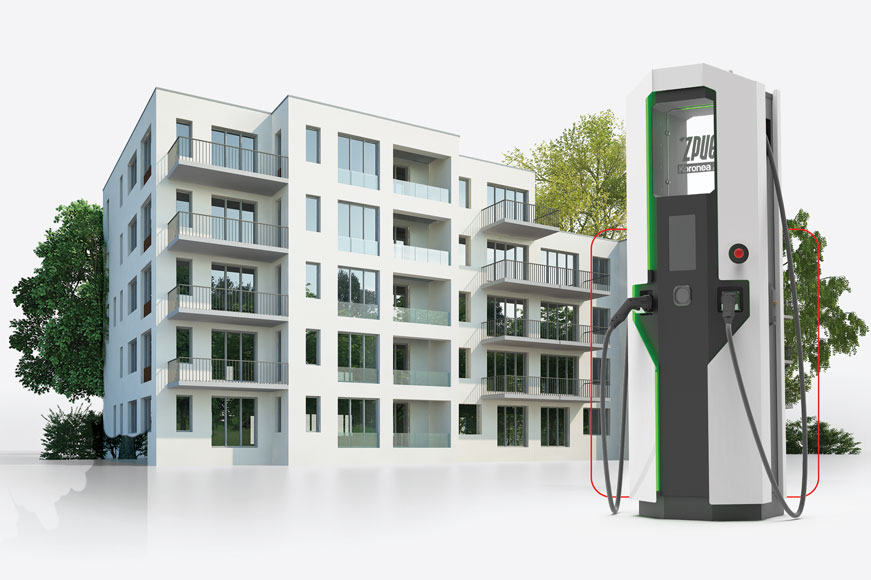
Wallbox is one of the options
Currently, wallbox chargers are leading the way in detached houses, which the developer can install in the garage at the customer’s request or homeowners buy and install them themselves. The best place to install such a device is on the wall of the garage or on a mounting post so that it can be installed anywhere. Both of these can be purchased through https://e-zpue.com/.
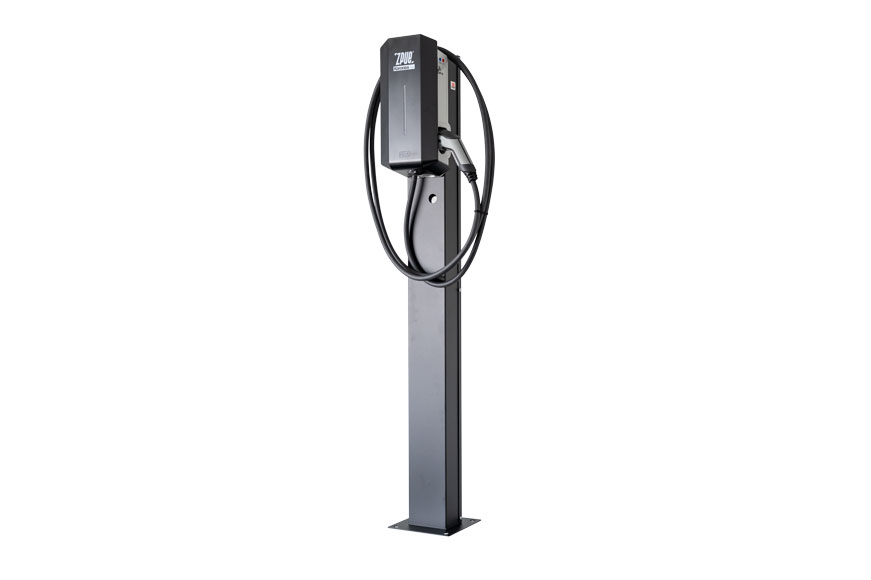
However, there are electric car models whose power requirements may exceed the capacity of a home charger. In this case, a 22 kW AC charging station of our manufacture will help to charge the car faster than a typical wallbox. If two owners of a semi-detached house install such a dual-connector charger together, they will be able to use it at the same time and charge their EV efficiently. AC charging, however, is not the fastest type of charging. If such chargers are erected on a large housing estate with a potentially large number of EV owners, charging can cause queues at the station and, as a result, few people will be able to use it. DC chargers are definitely faster, but being more complex devices, they are also more expensive. They may be cost-effective when building a larger estate.
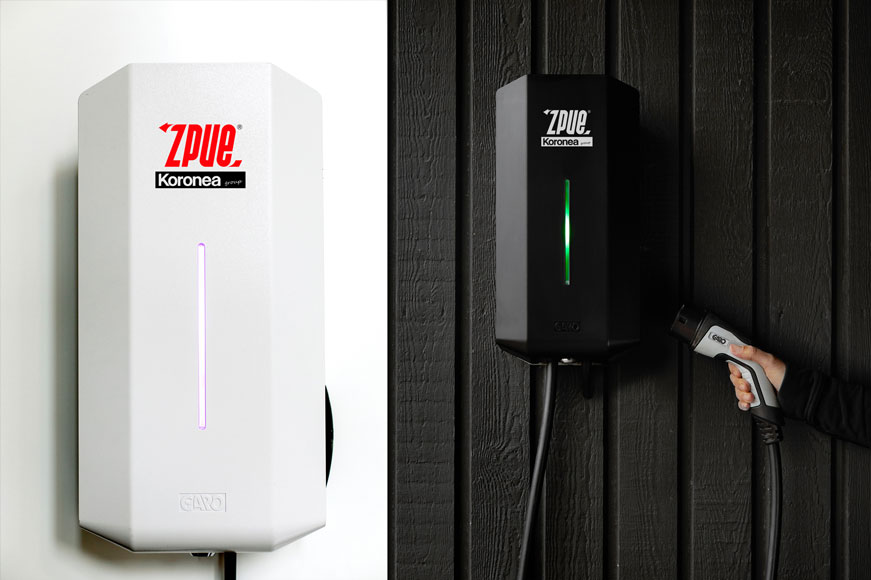
‘We have a solution for such needs. It is the EVC 30+11 charger. the EV-C 30 offers a charging power of 30 kW DC and 11 kW AC. It is a reliable device that guarantees the ability to charge up to two vehicles simultaneously. The station is designed for locations where it is not possible to increase the connection power and where fast charging is required. It is more efficient because we bypass the inverter in the car and charge with direct current. At the moment, mainly companies are buying these devices. They are also being installed in public car parks at shopping centres, where we can charge our car to the recommended 80% battery capacity while we are shopping,’ says Krzysztof Walasek, Key Account Manager for the E-mobility Market at ZPUE S.A.
Neighbourhood chargers for EVs are the future
Publicly accessible charging stations are definitely a major benefit for residents of a housing estate or community.
Above all, they can conveniently charge their own vehicle close to home. This can be done at night, which ultimately reduces costs. When there are public charging stations on the estate, then it will also be easy to make them available to visitors or those who are passing through. This will be an additional profit for the developer or the housing association that built and made the chargers available.
However, while it is up to the owner of a private home to decide how to charge an electric vehicle in a private home, it is up to the communities within existing larger housing complexes to decide. It is easier in this respect in newly built housing estates or facilities, as the Electromobility and Alternative Fuels Act 2018 obliges developers to create the infrastructure for charging stations.
Residential buildings with more than 10 parking bays associated with them shall be designed and constructed to ensure that ducts for electrical wires and cables are installed to allow charging points to be installed at all parking bays if these bays are located within or adjacent to the building.
Then the appropriate power, installation layout, etc. can already be ensured at the design stage. The estate or car park manager then decides how he or she accounts for those using the charging station.
Carports are already here
Ambitious developers are offering carports on some smaller estates. This is a modern carport equipped with photovoltaic panels. You can also erect such a facility on private land next to your house.
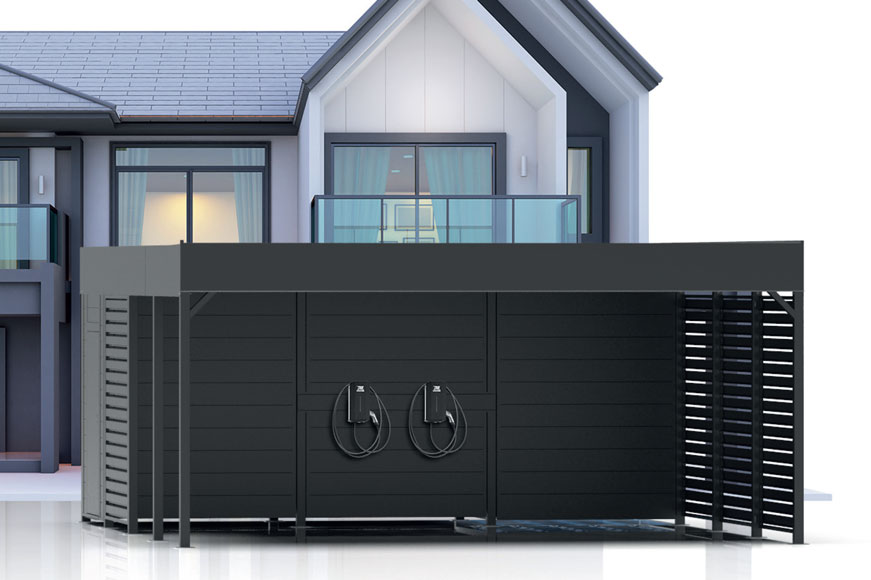
Krzysztof Walasek has already met progressive-minded designers of new housing estates.
‘I am in contact with such a person who, when building a housing estate of detached houses, is designing a carport there with photovoltaics and energy storage for the use of the residents who own the EV. In my opinion, this is a very good solution. On the one hand, we have a covered parking space. On top of that, we can charge the car using solar energy. The key element there is the energy storage, because the cars are generally parked in the carports at night, so we don’t then have to draw electricity from the grid, but from the storage. This also minimises the order for connection power. And although most of us want to have the car ‘at hand’, i.e. in our own backyard, the advantage of the carport is that guests of the residents of the estate can recharge their batteries.
Sustainable construction and energy use
Today’s housing estates should focus not only on sustainable development architecture, but also on efficient energy management. This is especially important in the context of growing prosumer photovoltaic installations and increasing numbers of electric cars. The implementation of intelligent energy systems in housing estates will help to make optimal use of such infrastructure. Photovoltaic panels or micro wind turbines can support the charging of electric cars without increasing dependence on traditional energy sources.
Charging an EV at home eliminates the need for frequent visits to public charging stations. Investing in a private charger allows flexibility in choosing charging times, reducing costs and making it easier to use an electric car in everyday life.

